The Asia Pacific next generation sequencing market accounted to US$ 1,203.6 Mn in 2017 and is expected to grow at a CAGR of 21.8% during the forecast period 2018 – 2025, to account to US$ 5,835.6 Mn by 2025.
The Asia Pacific next generation sequencing market is expected to grow at the highest rate during the forecast period owing to the growing adoption of sequencing and various genome sequencing initiatives and programs in Asia Pacific region.
- This FREE sample will include data analysis, ranging from market trends to estimates and forecasts.
Market Insights
Price Reduction in Sequencing Technology
n recent years, the next generation sequencing price has declined substantially. For instance, the first whole human genome sequencing cost over US$3.7 billion in 2000 and took 13 years for the completion. However, the costs for the same in recent years has reduced to US$1,000, and the process requires less number of days. Major market players such as Illumina and Roche have introduced breakthrough technologies that have enabled in the cost and time reduction in the sequencing.This huge leap in sequencing capability as well as the potential future applications of sequencing technology is likely to be a major advancement in the field of science and biotechnology that is expected to witness an impact among various levels in society. Due to its lowering cost, the technology is likely to be accepted across the region, especially in China, India, and Japan. A report published by Life Technologies in March 2012 states that the cost of sequencing in India is likely to reduce over the years drastically. Owing to the factors such as advances in the field of genomics, development in different methods and strategies for sequencing the market is growing.
Technological Development in Sequencing
Advancement in the field of molecular biology has equally enhanced the sequencing procedures. Many industry players have come up with innovative NGS technology in last few years. Further modification and automation of this process continued to increase sequencing data and time reduction. Thereby allowing researchers to reach major milestones in the Human Genome Project. NGS makes sequence based gene expression analysis a “digital” alternative to analog techniques. It also aids in quantifying RNA expression with the breadth of a microarray and the resolution of qPCR.
For instance, in January 2018, Illumina, Inc. launched their BaseSpace Sequence Hub in China. The cloud-based hub has facilities for storage management, and interpretation of genomics data. Similar initiatives and developments in the region are likely to accelerate the market growth of next generation sequencing over the coming years.
Product Insights
In 2017, the consumables segment held a largest market share of 64.0% of the next generation sequencing market, by product. This segment is also expected to dominate the market in 2025 in the region. Moreover, the same segment is also anticipated to witness the significant growth rate during the forecast period, 2018 to 2025.
Technology Insights
In 2017, the resequencing segment held the largest market share of 66.0% of the next generation sequencing market, by technology. This segment is also expected to dominate the market in 2025 owing to the rising funding by various government bodies and usage of NGS in the resequencing and targeted sequencing. Moreover, the genome segment is anticipated to witness the fastest growth rate during the forecast period, 2018 to 2025.
Application Insights
In 2017, the diagnostic segment held the largest market share of 66.0% of the next generation sequencing market, by application. This segment is also expected to dominate the market in 2025 owing to the growth of the technological advancements such as sequencing machines in the developed and developing regions. Moreover, the same segment is also anticipated to witness the fastest growth rate during the forecast period, 2018 to 2025.
End User Insights
Academic and research institutes segment is anticipated to grow at a CAGR of 22.4% during the forecast period. The increase in the number and size of testing laboratories operating in the region, increased the testing laboratories segment. Therefore, the segment held the largest market share of 45.2% for the end user segment in the next generation sequencing market and is likely to dominate the market in coming forecast period.
- This FREE sample will include data analysis, ranging from market trends to estimates and forecasts.
Customize This Report To Suit Your Requirement
You will get customization on any report - free of charge - including parts of this report, or country-level analysis, Excel Data pack, as well as avail great offers and discounts for start-ups & universities
Asia Pacific Next Generation Sequencing Market: Strategic Insights
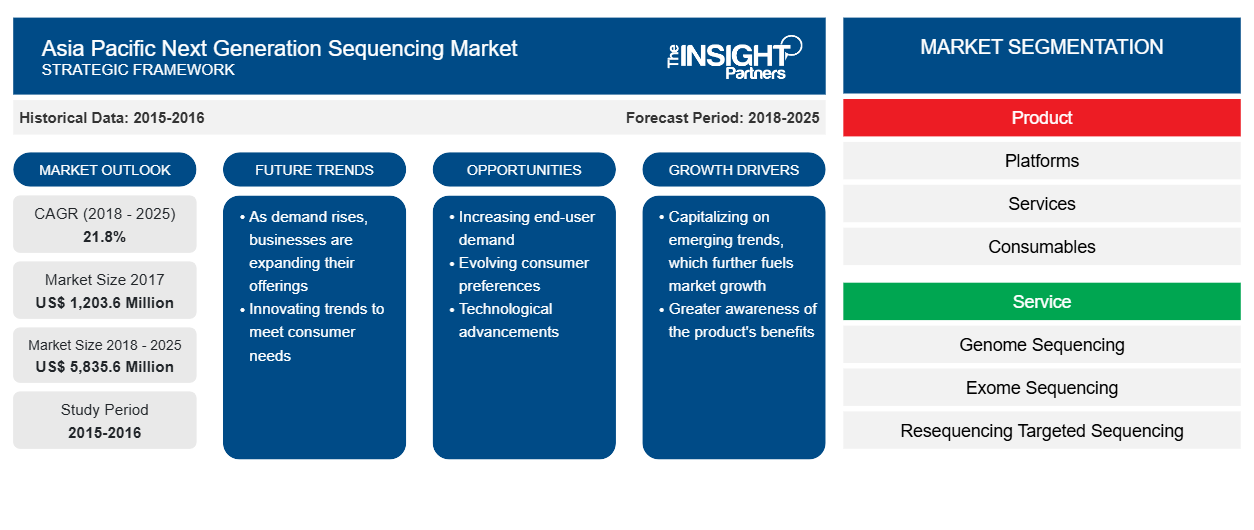
- Get Top Key Market Trends of this report.This FREE sample will include data analysis, ranging from market trends to estimates and forecasts.
You will get customization on any report - free of charge - including parts of this report, or country-level analysis, Excel Data pack, as well as avail great offers and discounts for start-ups & universities
Asia Pacific Next Generation Sequencing Market: Strategic Insights

- Get Top Key Market Trends of this report.This FREE sample will include data analysis, ranging from market trends to estimates and forecasts.
Partnerships and product launches were observed as the most adopted strategy in Asia Pacific next generation sequencing industry. Few of the recent product launch and partnerships are listed below:
2018:
Illumina, Inc. partnered with the Chinese Medical Genetics Association (CMGA) of Chinese Medical Doctor Association. The partnership helped in launching whole genome sequencing for Chinese children being born with defects and rare undiagnosed disease.2017:
In October, MGI Tech, a subsidiary of BGI Genomics, launched two NGS platforms, MGISEQ-2000 and MGISEQ-200. The new products are upgrades to BGISEQ 50 and BGISEQ 500, respectively, with technological developments. The new systems have been developed to deliver consistently high-quality sequencing data at a comparatively low price.2017:
PerkinElmer, Inc. launched its’ clinical genomics services. The company offers a global genomic lab testing platform with the help of its integrated laboratories situated in China, the US, and India. The laboratories perform screening and diagnostic testing, focusing on next generation sequencing for rare inherited diseases.NEXT GENERATION SEQUENCING – MARKET SEGMENTATION
By Product
- Consumables
- Services
- Platforms
By Technology
- Genome Sequencing
- Exome Sequencing
- Resequencing & Targeted Sequencing
- Others
By Application
- Diagnostics
- Drug Discovery
- Precision Medicine
- Other
By End User
- Academic and Research Institutes
- Hospitals and Clinics
- Pharmaceutical and Biotechnology Companies
- Others
By Geography
- Asia Pacific
- China
- India
- Japan
Company Profiles
- Qiagen N.V.
- Beijing Genomics Institute
- PerkinElmer, Inc.
- F.Hoffman-La Roche Ltd.
- Agilent Technologies
- Eurofins Scientific
- Oxford Nanopore Technologies Ltd.
- Macrogen Inc.
Asia Pacific Next Generation Sequencing Market Regional Insights
The regional trends and factors influencing the Asia Pacific Next Generation Sequencing Market throughout the forecast period have been thoroughly explained by the analysts at Insight Partners. This section also discusses Asia Pacific Next Generation Sequencing Market segments and geography across North America, Europe, Asia Pacific, Middle East and Africa, and South and Central America.
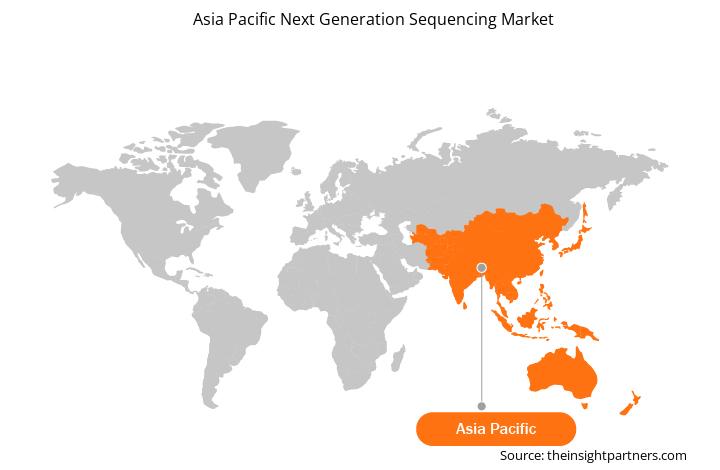
- Get the Regional Specific Data for Asia Pacific Next Generation Sequencing Market
Asia Pacific Next Generation Sequencing Market Report Scope
| Report Attribute | Details |
|---|---|
| Market size in 2017 | US$ 1,203.6 Million |
| Market Size by 2025 | US$ 5,835.6 Million |
| Global CAGR (2018 - 2025) | 21.8% |
| Historical Data | 2015-2016 |
| Forecast period | 2018-2025 |
| Segments Covered |
By Product
|
| Regions and Countries Covered | Asia-Pacific
|
| Market leaders and key company profiles |
Asia Pacific Next Generation Sequencing Market Players Density: Understanding Its Impact on Business Dynamics
The Asia Pacific Next Generation Sequencing Market is growing rapidly, driven by increasing end-user demand due to factors such as evolving consumer preferences, technological advancements, and greater awareness of the product's benefits. As demand rises, businesses are expanding their offerings, innovating to meet consumer needs, and capitalizing on emerging trends, which further fuels market growth.
Market players density refers to the distribution of firms or companies operating within a particular market or industry. It indicates how many competitors (market players) are present in a given market space relative to its size or total market value.
Major Companies operating in the Asia Pacific Next Generation Sequencing Market are:
- Qiagen N.V.
- Beijing Genomics Institute
- PerkinElmer, Inc.
- F.Hoffman-La Roche Ltd.
- Agilent Technologies
Disclaimer: The companies listed above are not ranked in any particular order.
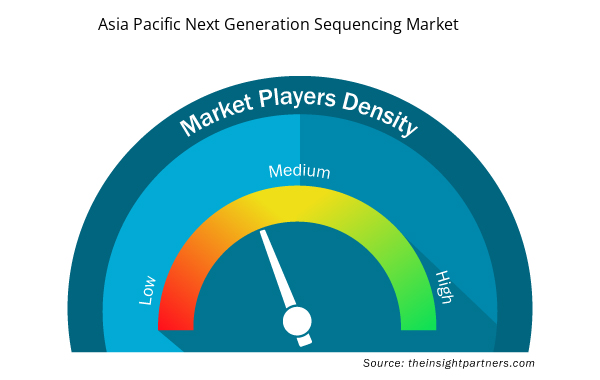
- Get the Asia Pacific Next Generation Sequencing Market top key players overview
- Historical Analysis (2 Years), Base Year, Forecast (7 Years) with CAGR
- PEST and SWOT Analysis
- Market Size Value / Volume - Global, Regional, Country
- Industry and Competitive Landscape
- Excel Dataset
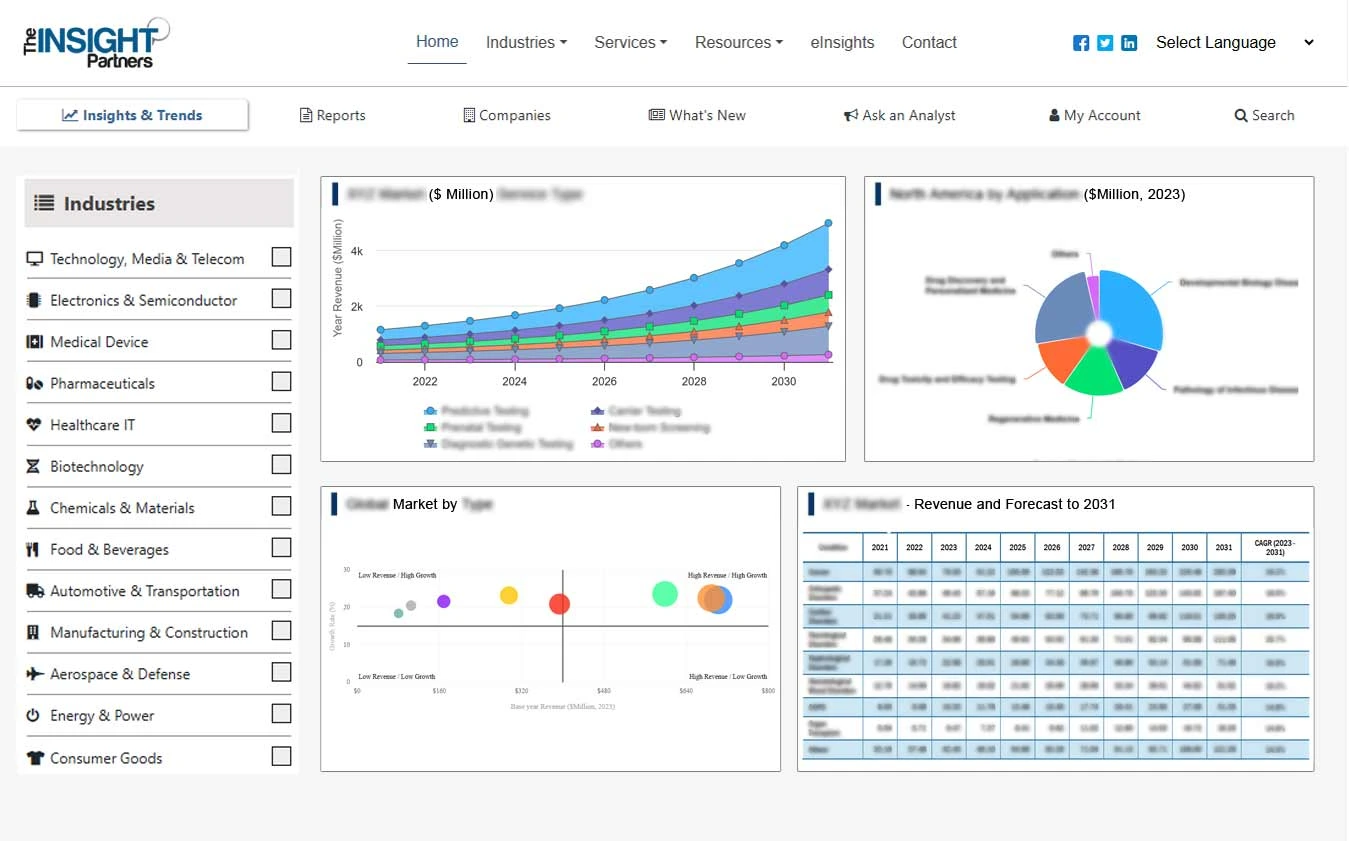
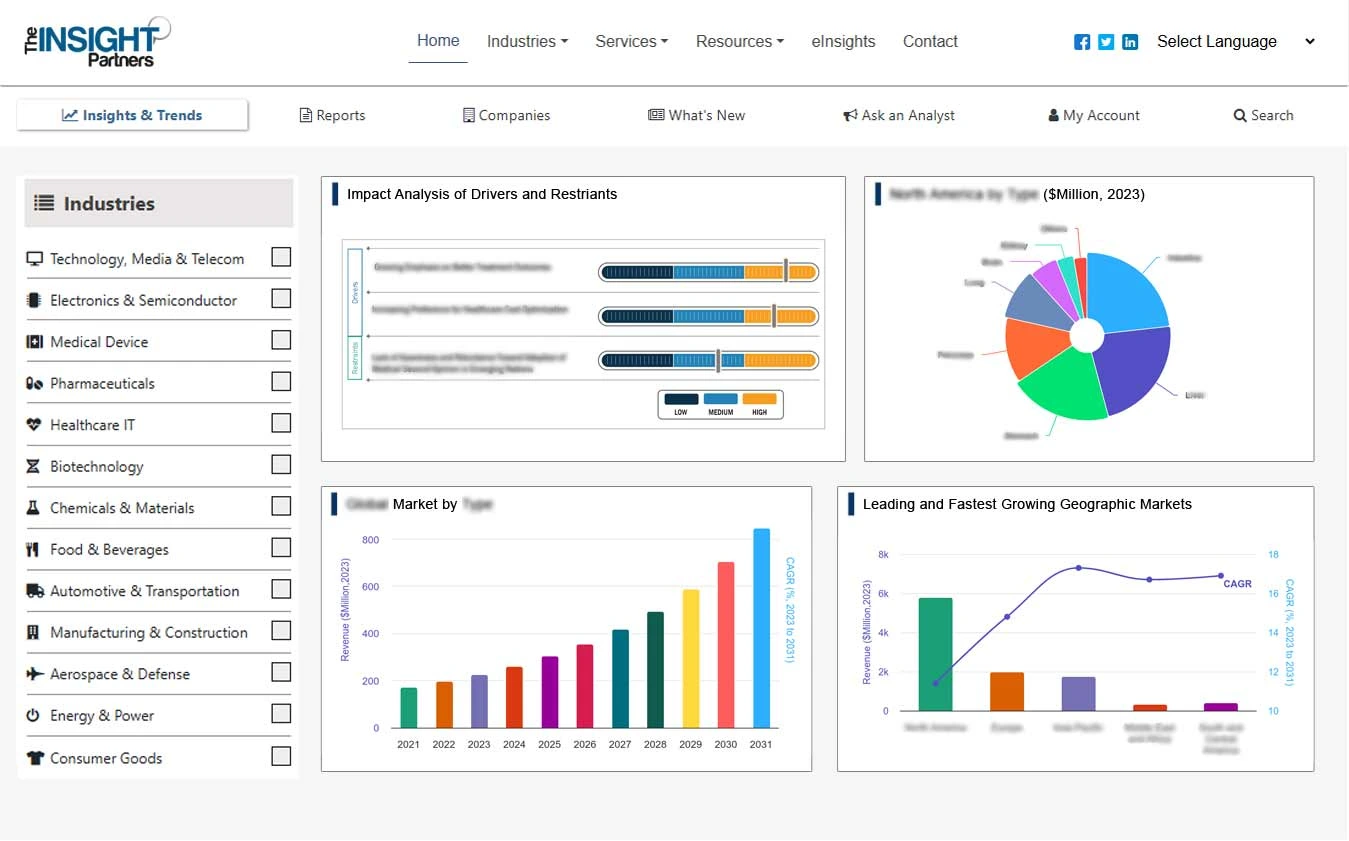

Report Coverage
Revenue forecast, Company Analysis, Industry landscape, Growth factors, and Trends

Segment Covered
Product, Service, Application, & End User, and Country

Regional Scope
North America, Europe, Asia Pacific, Middle East & Africa, South & Central America

Country Scope
Australia, China, Japan, South Korea
Trends and growth analysis reports related to Life Sciences : READ MORE..
The List of Companies
1. Qiagen N.V.2. Beijing Genomics Institute3. PerkinElmer, Inc.4. F.Hoffman-La Roche Ltd.5. Agilent Technologies6. Eurofins Scientific7. Oxford Nanopore Technologies Ltd. 8. Macrogen Inc.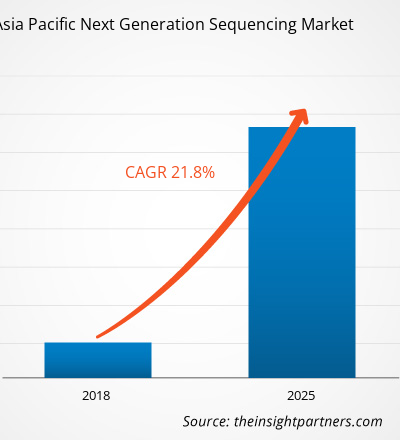
 Get Free Sample For
Get Free Sample For